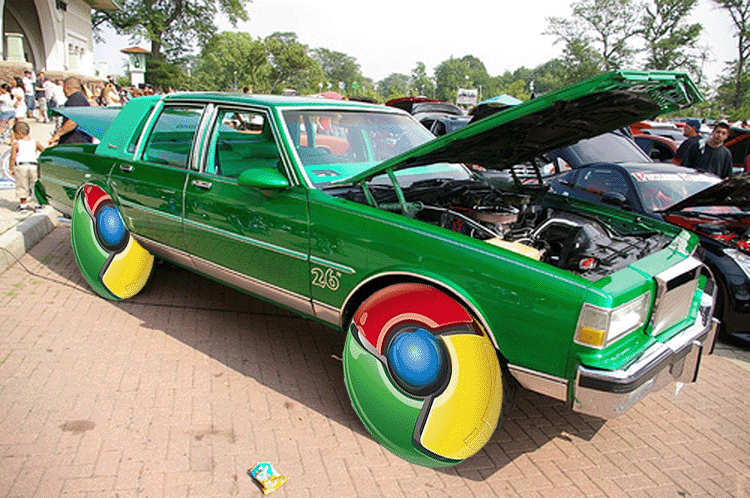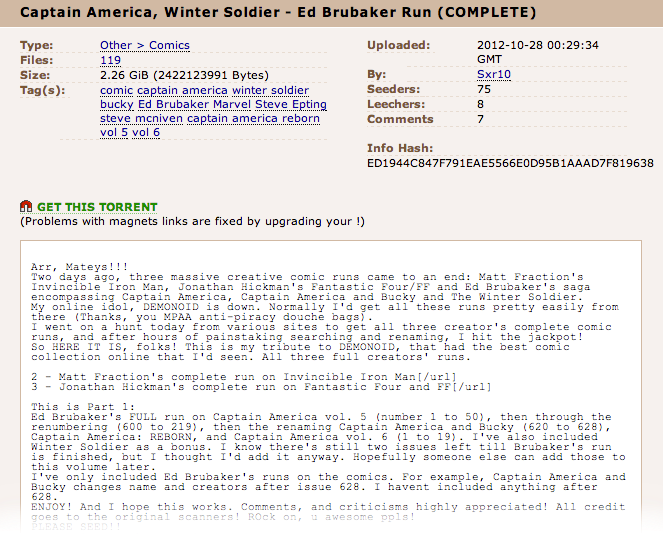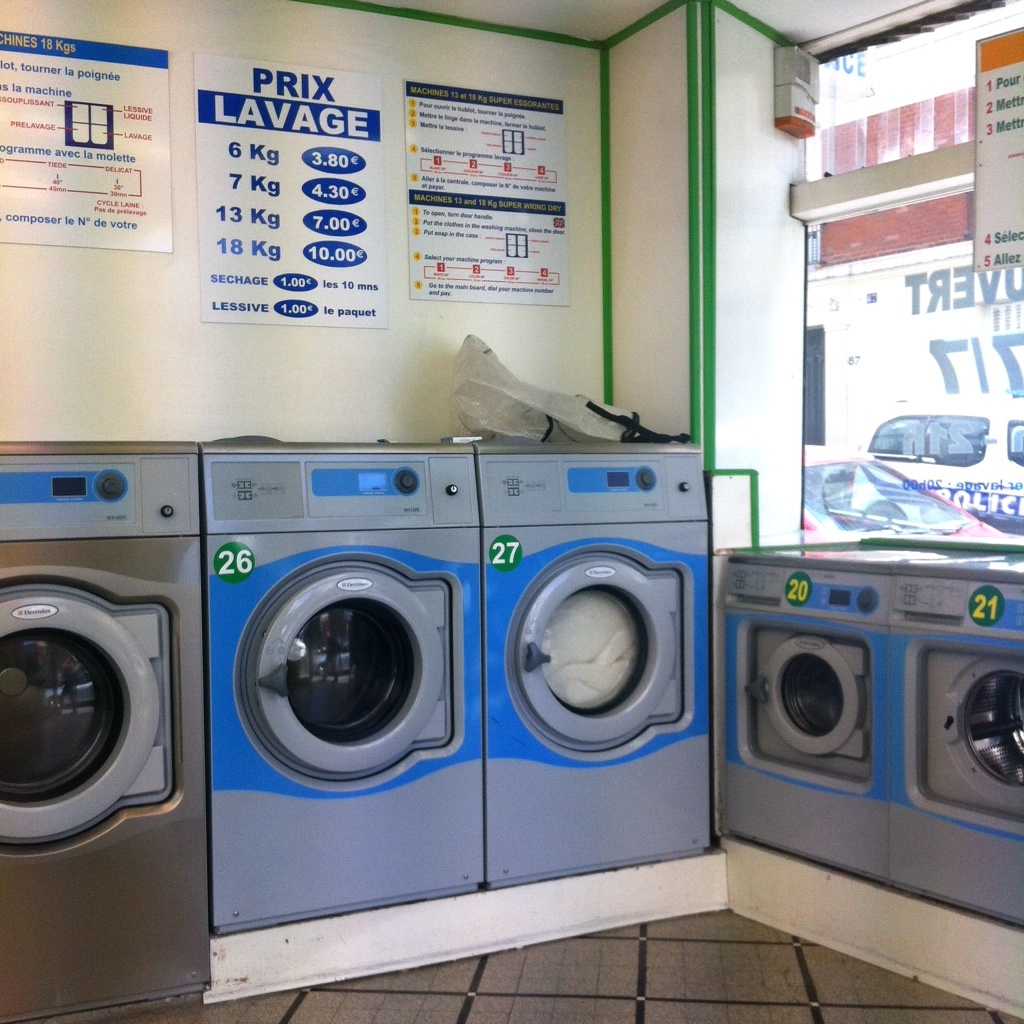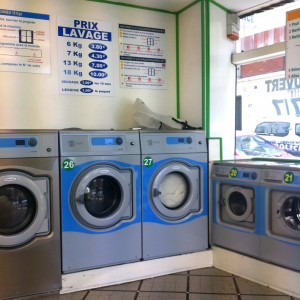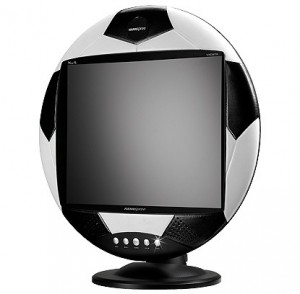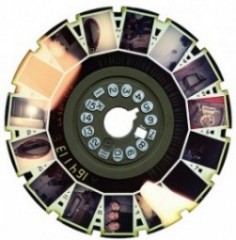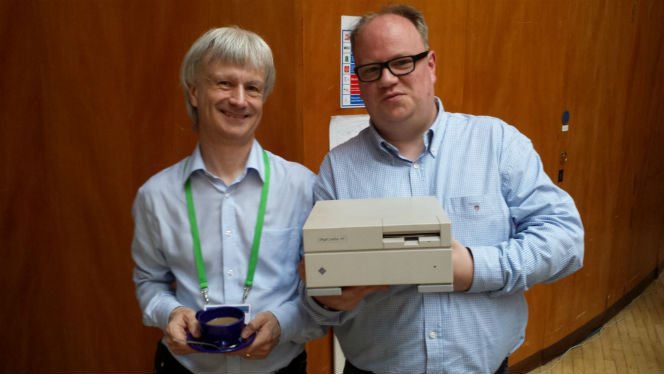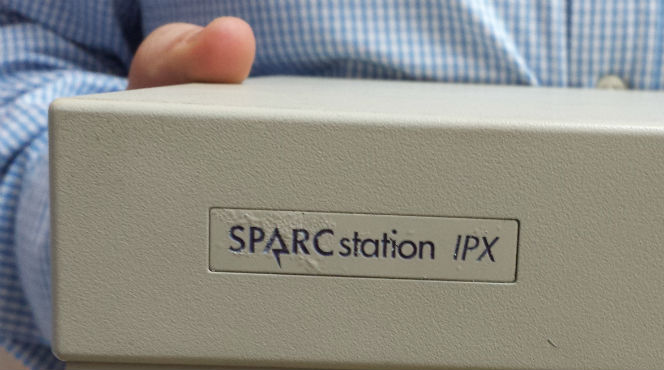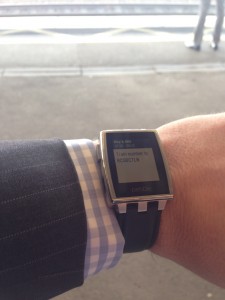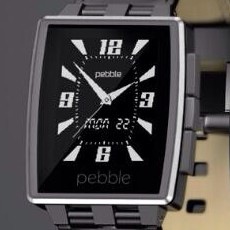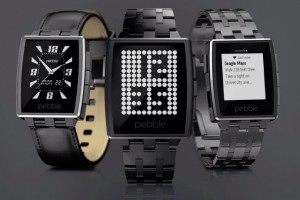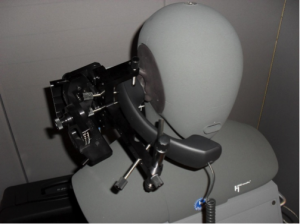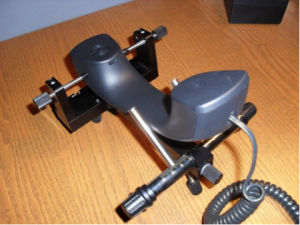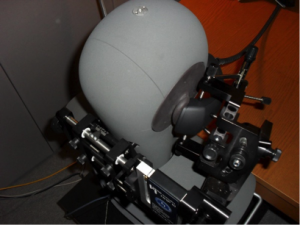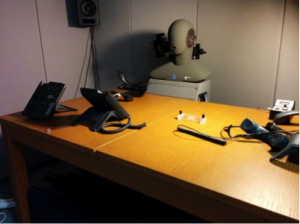England v India highlights – Root & Anderson 10th wicket world record, I am nearly knocked out by a cricket ball, Pamela Anderson gets cricketer autograph & I spot a Yealink VoIP phone.
England v India at Trent Bridge was the backdrop for great day out with the kids yesterday. There are two ways to “do” the cricket. One is with your mates. This is a boozy day out beginning with a pint and “full English” at 10am in the pub followed by a steady day’s cricket watching and a curry to finish off. The other is with the kids.
It was with the kids yesterday that I was nearly knocked out by a cricket ball and saw Pamela Anderson getting an autograph from one of the English players fielding at the boundary.
Arriving early we took our seats and settled in to watch a bit of net practice. Sat at square leg the nets were just in front of us but after a while the kids wandered off to look around the ground. There I was minding my own business, not particularly watching anything, when suddenly I heard a cry and I was hit by a cricket ball.
The ball glanced off the side of my head, hit my shoulder and plopped down beside me. It took me a moment to realise what had happened. One of the batsmen in the net had hit it over the top of the side netting. A couple of inches to the right and it would have landed squarely on the top of my bonce with potentially lethal consequences.
Without thinking I picked up the ball and threw it back. I should have kept it as a souvenir. There is evidence of the incident however. My hat – pictured in the gallery below was somewhat damaged as you can see.
Test match cricket is a great day out. The entertainment is not just on the pitch. The crowd provides just as much fun as the players. In the gallery below you can see a steward trying to confiscate a “beer snake” which is a stack of empty plastic beer glasses. Much beer is drunk at these events. For some reason the stewards want to confiscate the stacked glasses. The snake gets handed around the stand, growing in size as more glasses get added on the journey. The steward trying to confiscate the snake provides great sport as each time he gets near the snake is passed along to someone else.
In the gallery below there is also a photo sequence where “Pamela Anderson” gets the autograph of one of the England fielders. Pam was there with a party of lifeguards sat quite close to us in the New Stand. Also look out for a couple of horses sat amongst the crowd.
As far as the actual England v India cricket match went we were treated to a world record tenth wicket stand of 198 runs between Joe Root (154 no) and Jimmy Anderson (81 and no relation to Pamela afaik). The game now looks like being a draw and the rain forecast for the last day will hopefully provide some respite for the English team, now fielding, who have another test starting in a few days time.
There is, as is often the case, a technology slant to this post. Hanging around the boundary at lunch I couldn’t help noticing a Yealink VoIP phone nestled in amongst the equipment of one of the cameras. I love spotting little things like this. The kids have got used to it. The Yealink VoIP phone is not dissimilar to the Cisco I spotted at the Harbour Lights cafe in Peel in the Isle of Man. I’m not sure what the Yealink VoIP phone model is. I’m sure someone out there will know:)













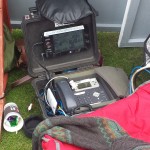
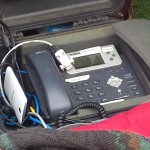



 Fourteen years have passed since I arranged my first broadband Internet service in Paris with France Telecom, and yet it is no effort whatsoever to recall that first setup. Is this because I have an elephant’s memory? Well, it could be (because I do), but it is far more likely due to the utter ridiculousness of the Alcatel Speed Touch USB ADSL modem that came with that subscription. I remember when the box arrived, modem and instructions inside, and opening it to find…an aqua-green jellyfish-serpent cyborg!
Fourteen years have passed since I arranged my first broadband Internet service in Paris with France Telecom, and yet it is no effort whatsoever to recall that first setup. Is this because I have an elephant’s memory? Well, it could be (because I do), but it is far more likely due to the utter ridiculousness of the Alcatel Speed Touch USB ADSL modem that came with that subscription. I remember when the box arrived, modem and instructions inside, and opening it to find…an aqua-green jellyfish-serpent cyborg!


